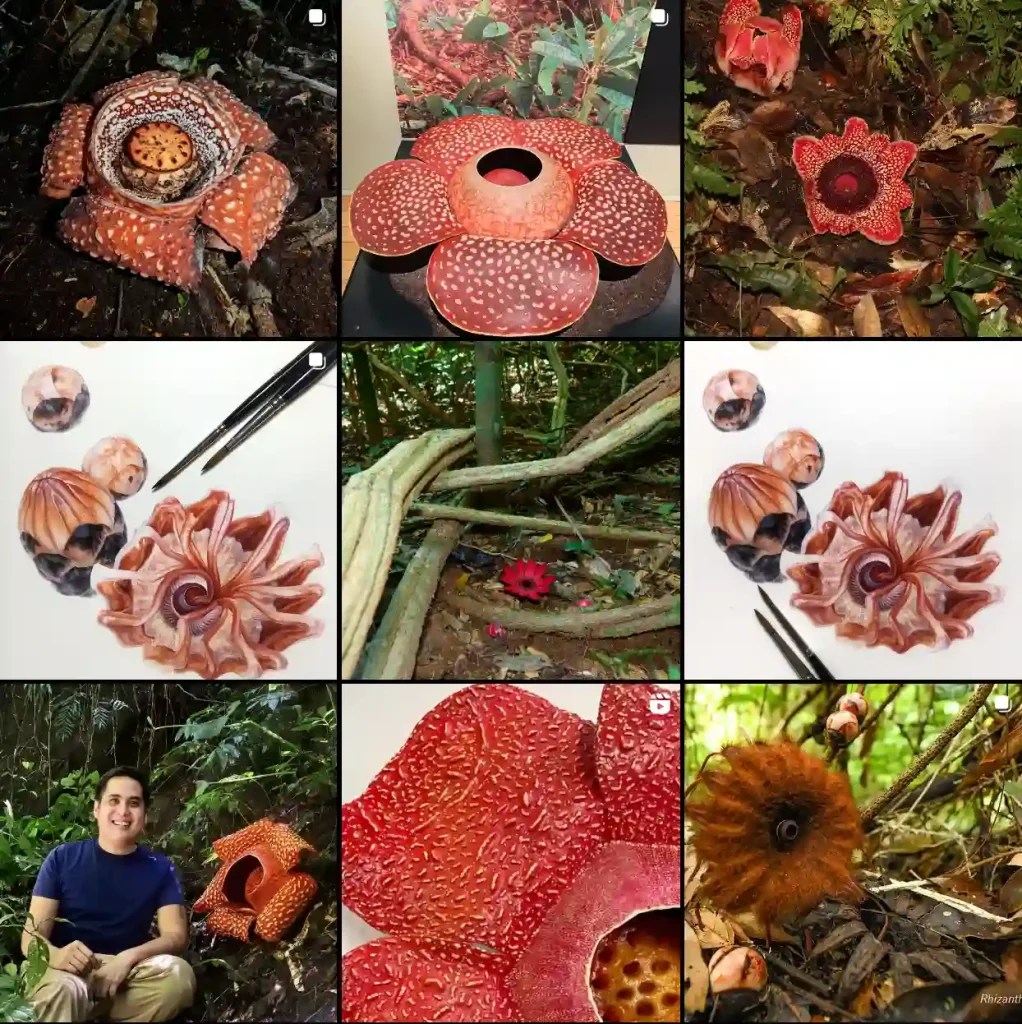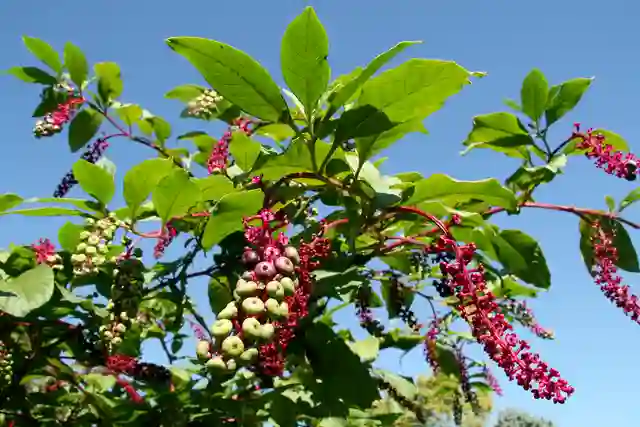Exploring the Unique Mitrastemonaceae Family
The world of plants is vast and varied, with each family presenting its own unique characteristics and quirks. Today, I want to dive into the fascinating Mitrastemonaceae family, focusing on its sole genus, Mitrastemon. As a plant enthusiast, I find this family intriguing due to its unusual traits and adaptations.
What is Mitrastemonaceae?
Mitrastemonaceae is a lesser-known family of flowering plants. Within this family, the genus Mitrastemon is the only representative. This family is primarily found in tropical regions of Southeast Asia. The plants in this family have evolved unique features that distinguish them from other flowering plants.
Characteristics of Mitrastemon
Mitrastemon plants are fascinating for several reasons. Firstly, they exhibit a parasitic lifestyle, which is quite rare among flowering plants. They often grow on the roots of larger trees, tapping into their host’s nutrients. This adaptation allows them to thrive in nutrient-poor soils where other plants struggle.
Another notable characteristic of Mitrastemon is its reduced leaves. Unlike many plants that have broad, green leaves for photosynthesis, Mitrastemon plants have tiny, scale-like leaves. This adaptation minimizes water loss and helps them survive in their specific habitats. The absence of extensive foliage makes these plants stand out in their environments.
Mitrastemon species
- Mitrastemon matudae: Mitrastemon matudae is a rare, parasitic flowering plant native to Central America, found primarily in the understory of tropical forests from Mexico to Panama. It parasitizes Fagaceae trees, attaching itself to their roots for water and nutrients. The plant lacks chlorophyll, producing striking, fleshy flowers that emerge directly from the roots of its host trees. The flowers are typically reddish-brown or purplish, with a distinct hooded structure that partially conceals the reproductive organs. This unique morphology is thought to help attract pollinators, often small flies or beetles. Due to its specialized habitat and limited range, M. matudae is infrequently encountered and holds a conservation status that requires careful monitoring.
- Mitrastemon yamamotoi: Mitrastemon yamamotoi is another fascinating parasitic plant species, found mainly in Southeast Asia, including Japan, Taiwan, and Thailand. Like its relative M. matudae, M. yamamotoi lacks chlorophyll and depends entirely on host trees, particularly species within the Fagaceae family, for survival. Its flowers are peculiar and eye-catching, often brown or yellowish, emerging directly from the host’s roots in a way that resembles small mushrooms or buds. The structure of its flowers is designed to attract pollinators, particularly flies, which assist in its reproductive cycle. This species is quite rare and grows in specific forested regions, where its parasitic lifestyle has adapted it uniquely to its environment.
The Habitat of Mitrastemon
Mitrastemon species thrive in moist, shady environments, typically under the canopy of tropical forests. These habitats provide the humidity and protection they need to grow. I remember my first encounter with a Mitrastemon plant while hiking through a dense rainforest. The sight of this unusual plant clinging to the roots of a towering tree sparked my curiosity and ignited my passion for understanding more about its biology and ecology.
Reproduction in Mitrastemon
One of the most interesting aspects of Mitrastemon is its reproductive strategy. Mitrastemon plants produce small, tubular flowers that are often overlooked due to their inconspicuous nature. The flowers typically bloom in clusters and are adapted for specific pollinators. I find it fascinating how these plants have evolved to attract certain insects, ensuring their pollination and reproduction.
The flowers often have a unique coloration, which can be a signal to their specific pollinators. In my experience, observing these adaptations in action, especially during blooming season, offers an incredible insight into the intricate relationships between plants and their pollinators.
Ecological Importance of Mitrastemon
Despite their modest appearance, Mitrastemon plants play a crucial role in their ecosystems. As parasites, they contribute to the nutrient cycling within the forest. By tapping into the roots of their host trees, they can help break down organic matter and return nutrients to the soil. This process supports the overall health of the forest ecosystem, making Mitrastemon an integral part of its habitat.
Moreover, the unique flowers of Mitrastemon attract various pollinators, which also aids in the reproduction of nearby plants. This interdependence highlights the importance of every plant, no matter how small or obscure, in maintaining ecological balance.
Conservation Considerations
While exploring the Mitrastemonaceae family, I can’t help but reflect on the conservation challenges these plants face. Their specific habitat requirements and parasitic nature make them vulnerable to habitat destruction and climate change. As tropical forests are threatened by deforestation and development, the survival of Mitrastemon and similar plants is at risk.
It’s essential for us as plant lovers and stewards of the environment to support conservation efforts. This includes advocating for the protection of tropical forests and promoting sustainable practices. I believe that understanding and appreciating the unique traits of families like Mitrastemonaceae can inspire more people to care for these ecosystems.
Conclusion
The Mitrastemonaceae family, with its singular genus Mitrastemon, offers a glimpse into the incredible diversity of plant life. From their parasitic habits to their unique reproductive strategies, these plants remind us of the complex relationships that exist in nature. My journey into the world of Mitrastemon has not only deepened my appreciation for plants but has also reinforced the importance of conservation.
As I continue to explore the diverse plant families, I remain captivated by the intricate connections within ecosystems. Every plant, including the unique Mitrastemon, plays a vital role in sustaining our planet’s biodiversity. I encourage everyone to take a closer look at the often-overlooked plants around them; you might just find a new passion for the hidden wonders of the botanical world.
If i die, water my plants!



